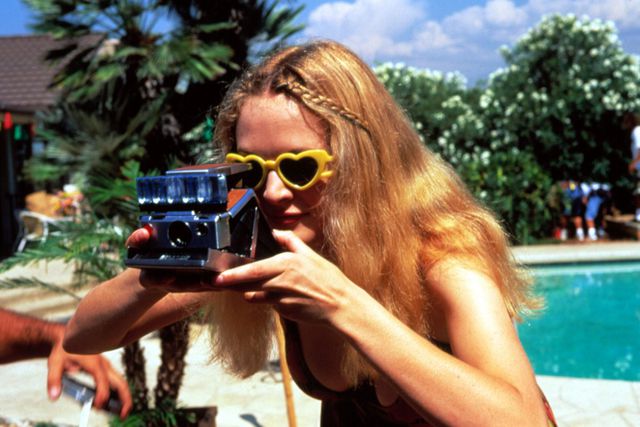In an insightful discussion on Michael Rosenbaum’s Inside of You podcast, actress Heather Graham opened up about her journey in Hollywood, particularly highlighting her experiences as a young woman navigating a landscape rife with sexual content. She recalled the challenges she faced pursuing acting roles while trying to adhere to the conservative values instilled in her by her religious upbringing. Graham stated, “try to be a woman in Hollywood in your early 20s, mid-20s, and then to try to get no roles with any sexual content — it’s impossible.” The dichotomy between her family’s teachings and the stark reality of Hollywood proved to be a turning point in her career.
Graham initially resisted roles that included sexual content, fearing they would clash with her values. However, as she observed peers achieving success in the industry, she began to reconsider her stance. She explained that after turning down various opportunities, she felt compelled to embrace her passion for acting, declaring, “Screw it. I wanna do this. The script is amazing.” Ultimately, this resolve led her to audition for the iconic role of Rollergirl in Paul Thomas Anderson’s “Boogie Nights,” which she described as a transformative experience in her career trajectory.
The role of Rollergirl, famously turned down by several well-known actresses including Gwyneth Paltrow, became a significant moment in Graham’s professional life. She noted that while the audition process was straightforward and did not require nudity upfront, she was made aware of the character’s nude scenes and was required to sign a contract agreeing to them. Graham revealed that she faced the daunting task of embodying a character that required nudity, something she found challenging yet ultimately rewarding as it marked a pivotal moment in her acting journey.
Reflecting on the filming of her nude scenes, Graham admitted that it was an intimidating experience, fraught with insecurities about her physical appearance. She candidly expressed her fears, recalling moments of sitting in her trailer overwhelmed by anxiety. Yet, through this vulnerability, Graham found empowerment by shifting her focus from her own insecurities to that of her character’s mindset. She adopted an approach that allowed her to immerse herself in the role of Brandy, alleviating her discomfort by recognizing the scene’s context within the narrative and among her castmates.
Throughout the filming of “Boogie Nights,” Graham found joy and fulfillment in her work, emphasizing the fun and excitement of her character despite the initial trepidation. Her sincerity in recounting her experience underscored her commitment to the craft, as she shared anecdotes about learning to roller skate for the role and the visual reminders that accompany her journey. The lessons learned during this time not only contributed to her emotional growth but also enhanced her acting repertoire, showcasing her resilience and adaptability within a climate that often pressures women to conform.
In conclusion, Heather Graham’s reflections on her early career underscore the complexities faced by women in Hollywood, particularly when balancing personal beliefs with professional ambitions. Her candidness about the struggles and triumphs she experienced while filming “Boogie Nights” resonated with those who have faced similar challenges in the entertainment industry. By embracing the role of Rollergirl, Graham not only defied her upbringing but also paved the way for her subsequent successes, marking a bold step toward carving out her identity as an actress in a demanding environment.

